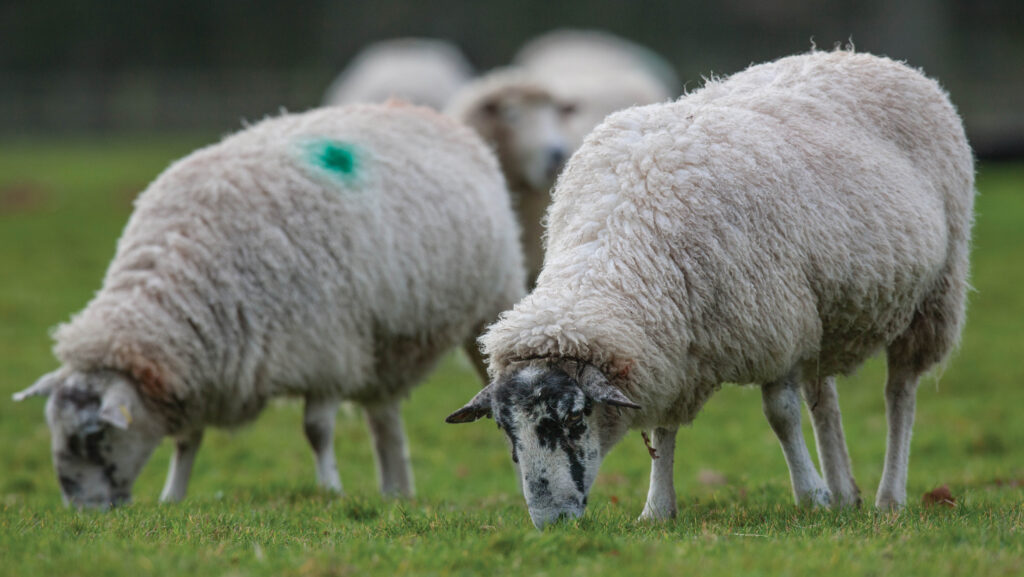GB beef and sheep numbers expected to fall further by 2030
 © Tim Scrivener
© Tim Scrivener A long-term slide in GB livestock numbers is forecast for the remainder of the decade, according to new industry modelling by the AHDB.
Prime cattle slaughter could see a reduction of 6.3% by 2030 compared with 2023 figures, while the female breeding flock could drop by 6.8% during the same period.
The grazing livestock sector has been in decline for several decades, with the beef breeding herd in England having already fallen by 18% since 2005 alongside a 5% contraction in the sheep flock.
See also: Firm finished beef prices means contracts need scrutiny
Higher finished prices have led to better returns for livestock producers in the short term, however industry confidence remains low, with weather and disease pressure, the loss of direct payments, and profitability concerns likely to impact stock numbers longer term.
Tighter supplies will also impact the wider supply chain, with further consolidation within ancillary sectors such as abattoirs, livestock markets, and hauliers expected.
Sam Charlton, AHDB sector director for beef and lamb, said: “The findings of our work will not come as a big surprise for those working in the industry who have faced challenges with domestic sourcing in recent years.
“This analysis raises awareness of the issue by quantifying the current direction of travel for GB production figures heading towards 2030.”
A baseline scenario by the AHDB has forecast the GB dairy herd to decline by 1.2% to 1.5m head by 2030 and the suckler herd to fall by 10.9% to 993,000 head.
AHDB lead red meat analyst Hannah Clarke said: “When we look ahead, the likely ‘landing zone’ is for a reduced level of beef production in Great Britain by 2030.”
Maintaining sheep production
Lamb production forecasts suggest a decline of 0.6% by 2030 while the GB lamb crop could decline by 5% to 14.2m head, however future market drivers could mean this figure may vary considerably.
Ms Clarke said: “There is a wide ‘landing zone’ for sheep meat production in 2030.”
She added that there could actually be increases in production based on the best-case scenarios and there were steps which the sector could take to offset some of the losses.
At the Royal Welsh Show Winter Fair on 25 November, Hybu Cig Cymru – Meat Promotion Wales’ (HCC) board chairman Cath Smith said maintaining Welsh lamb stocks should be the industry’s prime concern, with the sheep flock at its lowest level for 13 years at 8.7m head.
Ms Smith said: “Maintenance of that flock level must be our overriding concern. We must really work hard to protect these numbers going forward.
“The number of ewes for future breeding was down 1% on the year – and fewer breeding sheep will inevitably mean fewer lambs in the next lamb crop.”
She added: “We know that farm input costs and farmgate returns will continue to influence intentions, but we also know that sector confidence and optimism in the market will drive change – and now, more than ever, this sector needs confidence and reassurance to put the brakes on decline and build stability for the future of our Welsh family farms and its red-meat supply chain.”
Limiting declines
The AHDB outlined seven areas the industry should work on to mitigate potential declines:
- Preparing for agriculture policy changes
- Maximising carcase value by improving market access for exports
- Focus on on-farm efficiency and profitability
- Preparing for external weather and disease pressures
- Ensure robust and resilient supply chains
- Building a skilled and resilient workforce
- Investment in research and development
